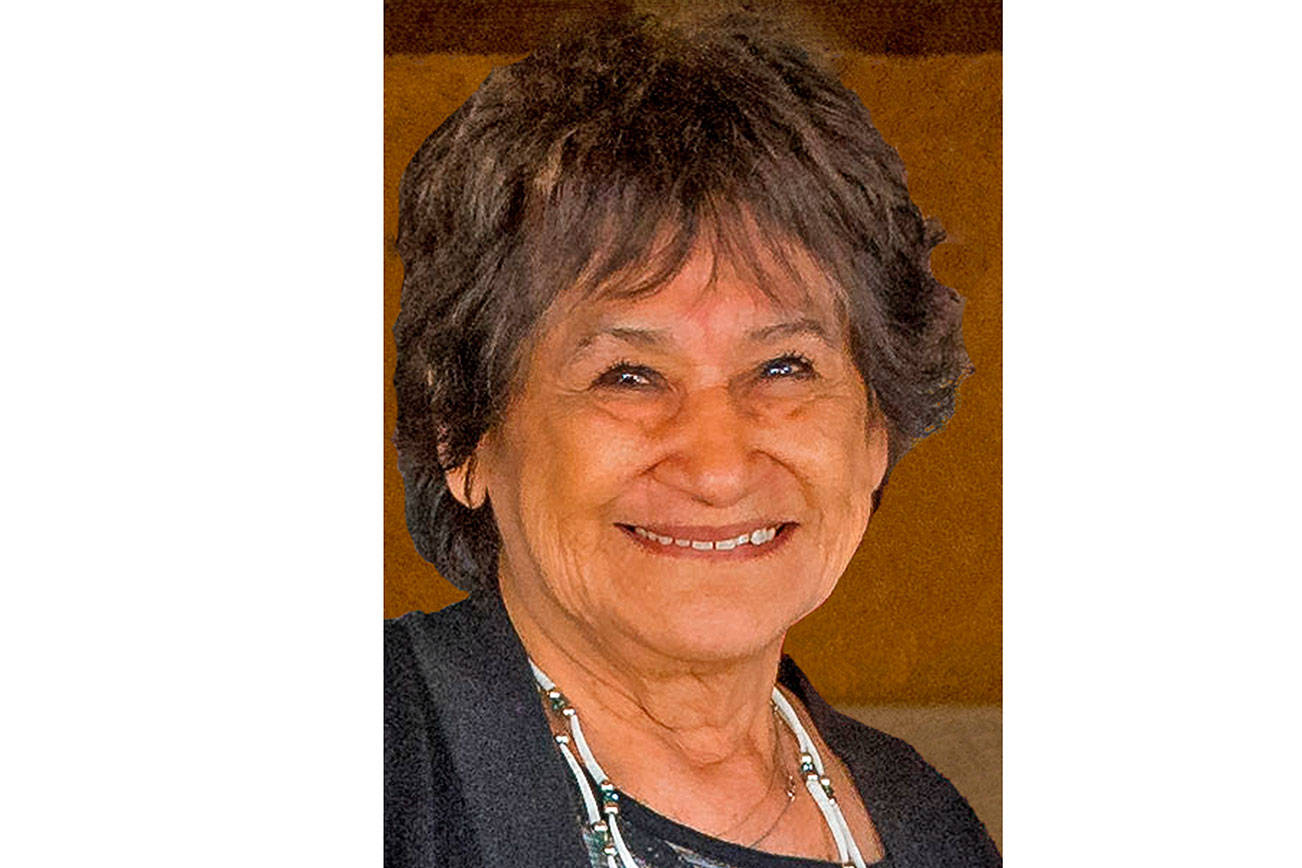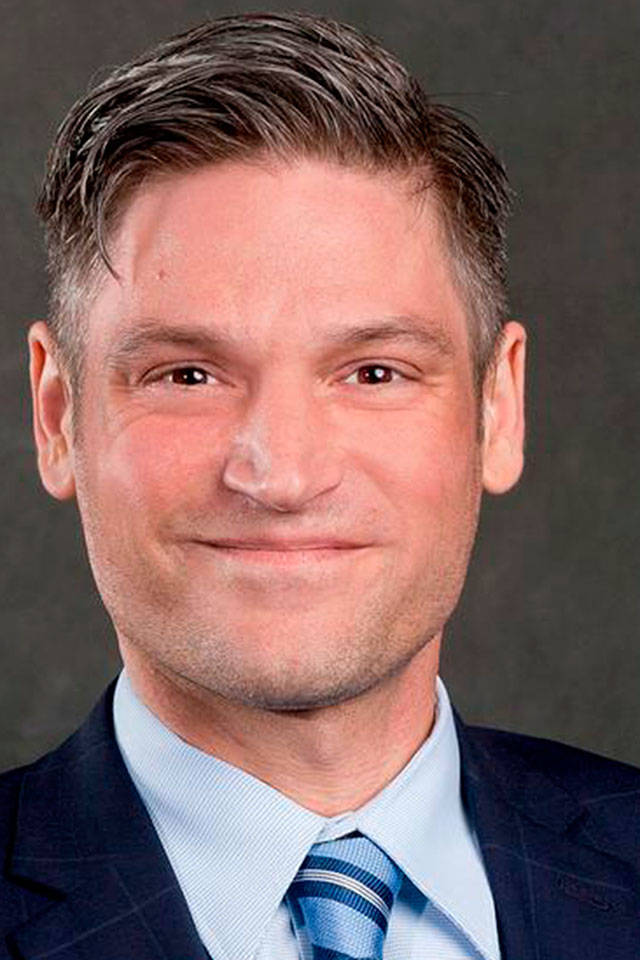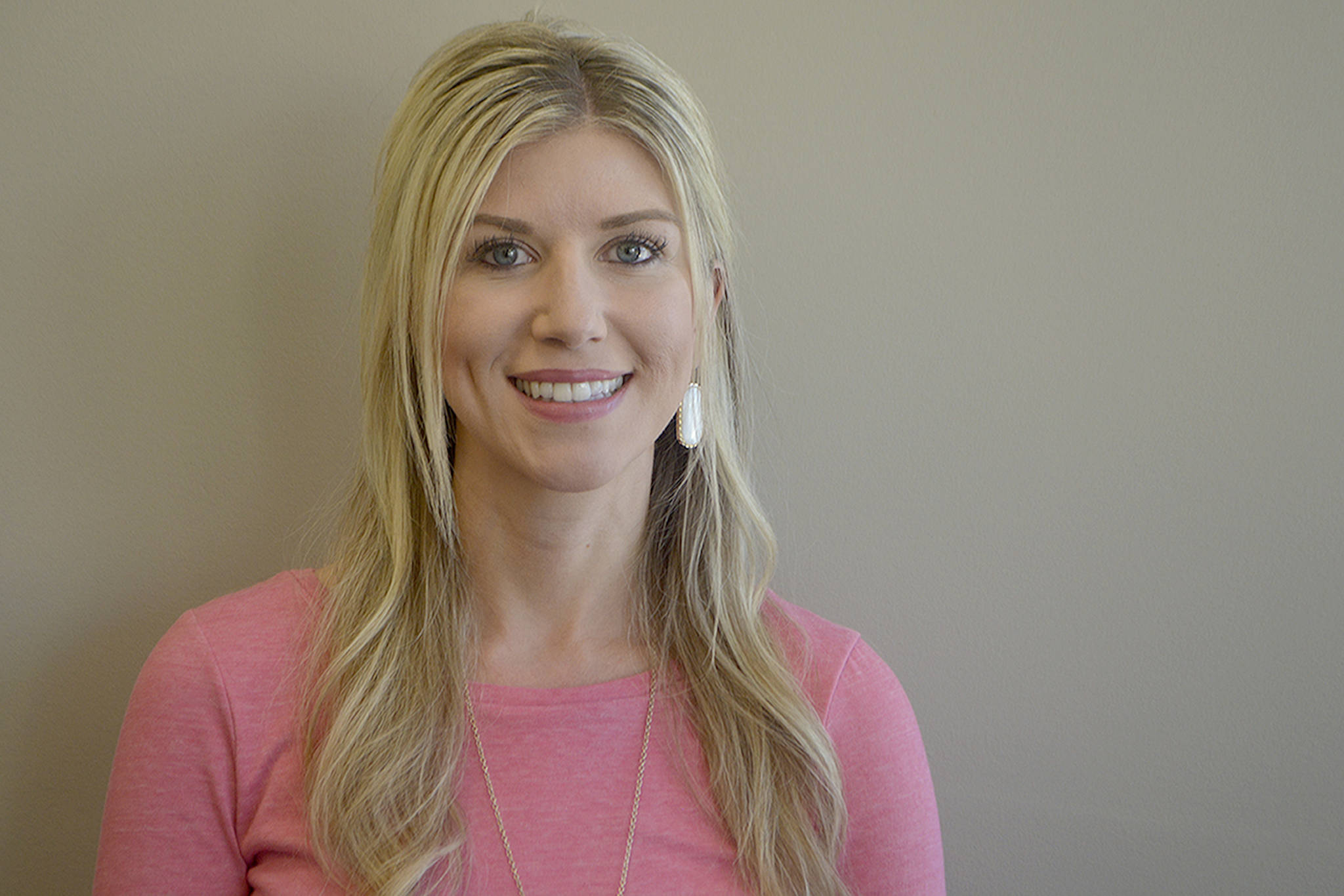I often talk about how human beings — regardless of their developmental diagnosis or condition — can learn and grow. But it isn’t often that I get to sit down and witness this type of growth as it’s happening. I did this recently with a five-year-old named Nora at our Child Development Program in Seattle, and came away with some extraordinary lessons.
Nora has Down syndrome and her occupational therapist, Diana, visits her preschool classroom. During the session I watched, I was impressed with Diana’s use of play activities that were infused with technique, which struck me as fiendishly ingenious. For example, Nora was asked to pick one of the activities. She chose the stomp rocket.
Putting together a stomp rocket (assuming you know what one is), might seem like an everyday task. In Nora’s case, however, it was an opportunity to break down and reinforce many skills. She had to get the box off the shelf and — with coaching and encouragement — use both hands to open the box, take all the pieces out and put the rocket together.
Then Diana reminded Nora that she needed to stand up and hold on to something, in order to maintain her balance while she raised her foot to stomp. The next step was the pay-off: Nora slammed her foot down on the launcher, which caused the rocket to burst upward and into the ceiling. The gleeful look on her face said, “WOW, I did something I didn’t think I could do!”
Although I’m not an occupational therapist or teacher, I’ve seen this look many times before. In my years as a girls volleyball coach, I saw it whenever a player spiked the ball or blocked a shot for the first time. For some people, the skills required to do those things come intuitively, and they don’t have to think about what they’re doing. For others, the same skills have to be taught. And in those cases, it’s just a matter of breaking the movements down into their various component parts, teaching each of those parts, putting them back together and trying the action again.
It was the same with Nora. All the components were broken down and reminded. When things didn’t work, Diana asked what step was left out and Nora would go back and repeat them until she figured it out. What you get is growth, and it’s pretty fabulous.
Watching Nora was a powerful reminder that we all learn at different speeds. Everyone can learn and there’s value to everyone learning. Personally, I always enjoyed working with the players who thought they couldn’t do it. Because volleyball (and life!) is comprised of skills that can be taught through step-by-step instruction. Seeing those girls grow and contribute on the same court as the players they looked up to was wonderful. It’s why you coach or why you teach — because everyone brings something to the table.
As I watched Diana and Nora close their therapy session by putting their helmets on and riding back down the hall to Nora’s classroom (one on a bike, one on a trike), I thought about the value of this experience. Five decades ago, a child like Nora would’ve been living in an institution. A relatively modest investment is helping her grow and contribute to society in ways that are incalculable. How do you measure the value of that?
Tom Everill is the President & CEO of Northwest Center, and collaborates with staff member Alice Thavis on monthly columns for this publication. Contact them at inside@nwcenter.org if there are topics related to people with disabilities that would interest you.




